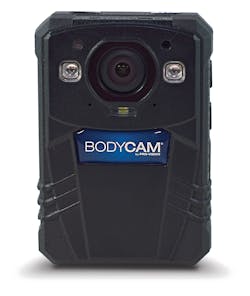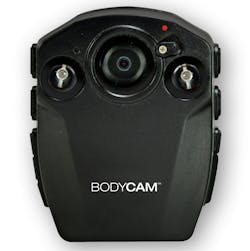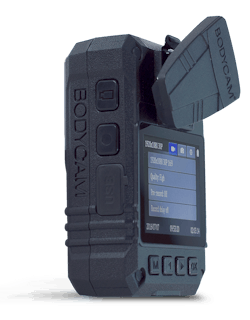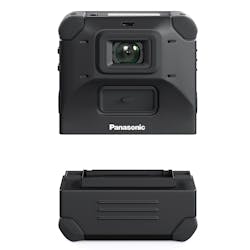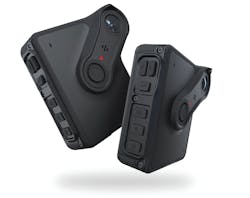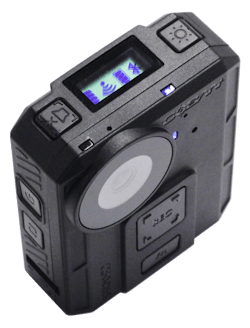How the Body Camera Has Changed
At the beginning of the body-worn camera technology era, cameras were comparably large and bulky. Their weight, data storage capacity and power supplies made them, shall we say, less than comfortable to wear long term. As technology developed all of the challenges were addressed—and continue to be at an ever-increasing level of efficiency. Additional challenges were created by the growing use of the body worn cameras and increased amount of audio/video data that was captured.
When any body-worn camera program is initialized there is also policy put in place to go with it. Those policies have to evolve in compliance with legal mandates, insurance mandates, court decisions, etc.
Challenge number one: getting the body-worn camera to “see” what the officer sees.
Some of the early versions of body cameras were worn on the belt. Due to point of view and perspective that quickly went by the wayside. Cameras worn on the chest, shoulder and even glasses became options explored as shrinking technology supported those options. If you compare what each camera would capture in its viewing field to what the human eye captures as a person looks around, obviously the camera on the glasses becomes as close to optimal as possible. There was also the option of mounting a camera on the actual handgun of the officer so that the gun “would see” the threat that was being engaged.
All of these options faced the same challenge: while the camera lens might have a wide field of view, it still only looks directly in a single direction. The human eye can move back and forth up to 170° and that’s added to the amount the head can swivel on the neck. As a result, with the example of the camera mounted on the gun, it could be pointed right when the officer turns his head left and looks farther left. What’s the end result? The camera could potentially be looking in the opposite direction of where the officer is. That is of little use when trying to use video to justify an officer’s actions or capture video evidence.
Contemporary body-worn cameras can capture over 12 hours of continuous video during a shift. That means that your new cameras need to have sufficient data storage system in place to do so, but also sufficient battery life to keep the camera running that long. With a pre- and post-primary video capture buffer, when the camera is turned on by the officer, the system automatically stores, as part of the recording anywhere from one to three minutes of video viewed before the officer consciously started the video. A lot of the pre- and post-primary video captures have included high-value evidentiary content that wouldn’t have been available without these buffer capturing firmware systems.
As the technology continues to develop and evolve, we’re seeing the integration of such functionality as facial recognition and subject identification even during a live-streaming process. As ever increasing amounts of video evidence is processed, stored and used for court purposes, policy evolves in parallel to keep up with legal mandates and in response to court precedence. One thing is for sure: body-worn video is not ever going to go away and is sure to play an increasing role in court proceedings. It’s the one type of evidence that offers impartial evidence for and against officers, citizens and suspects.
What’s the future of body cameras look like?

Lt. Frank Borelli (ret), Editorial Director | Editorial Director
Lt. Frank Borelli is the Editorial Director for the Officer Media Group. Frank brings 20+ years of writing and editing experience in addition to 40 years of law enforcement operations, administration and training experience to the team.
Frank has had numerous books published which are available on Amazon.com, BarnesAndNoble.com, and other major retail outlets.
If you have any comments or questions, you can contact him via email at [email protected].
